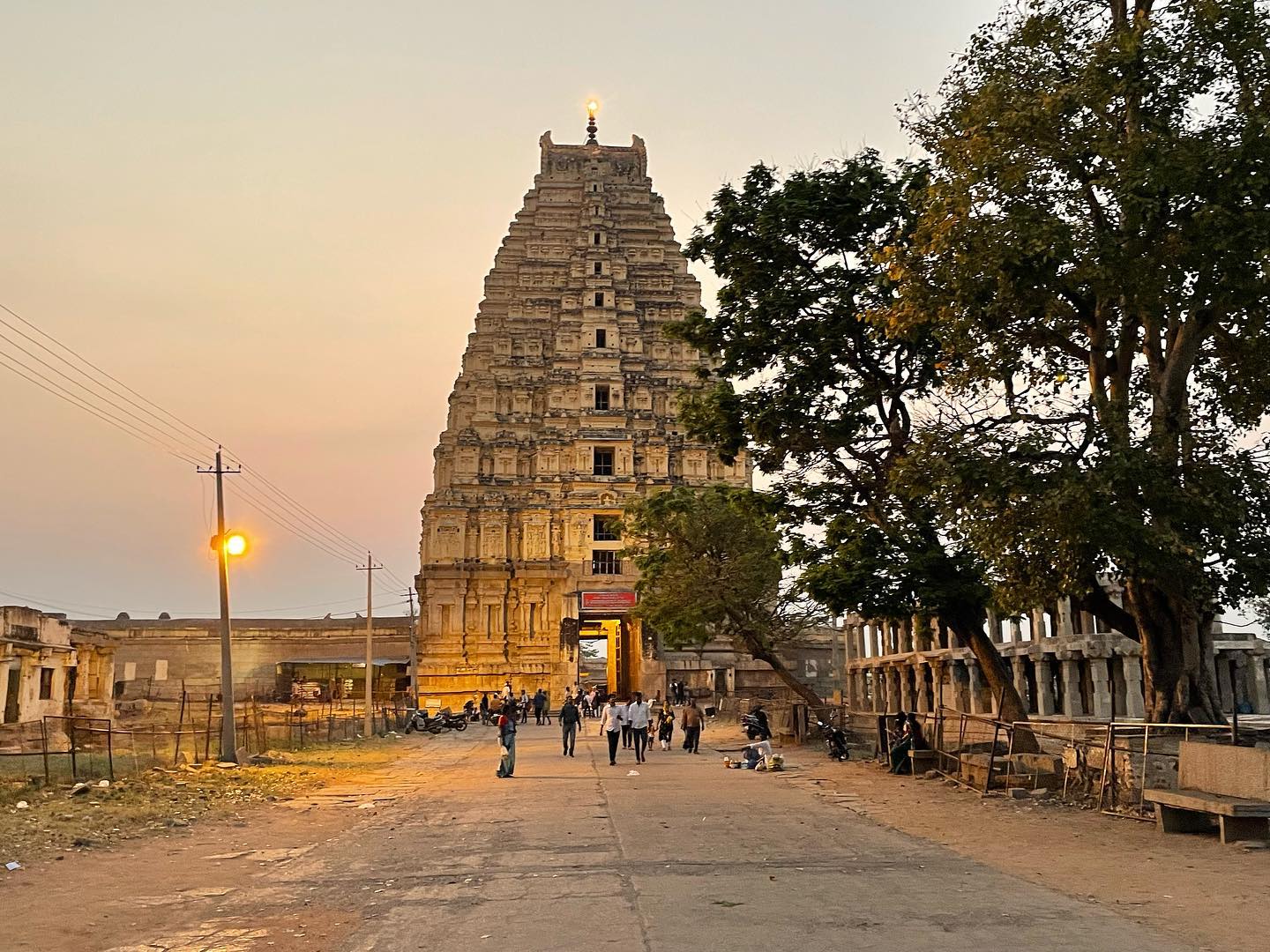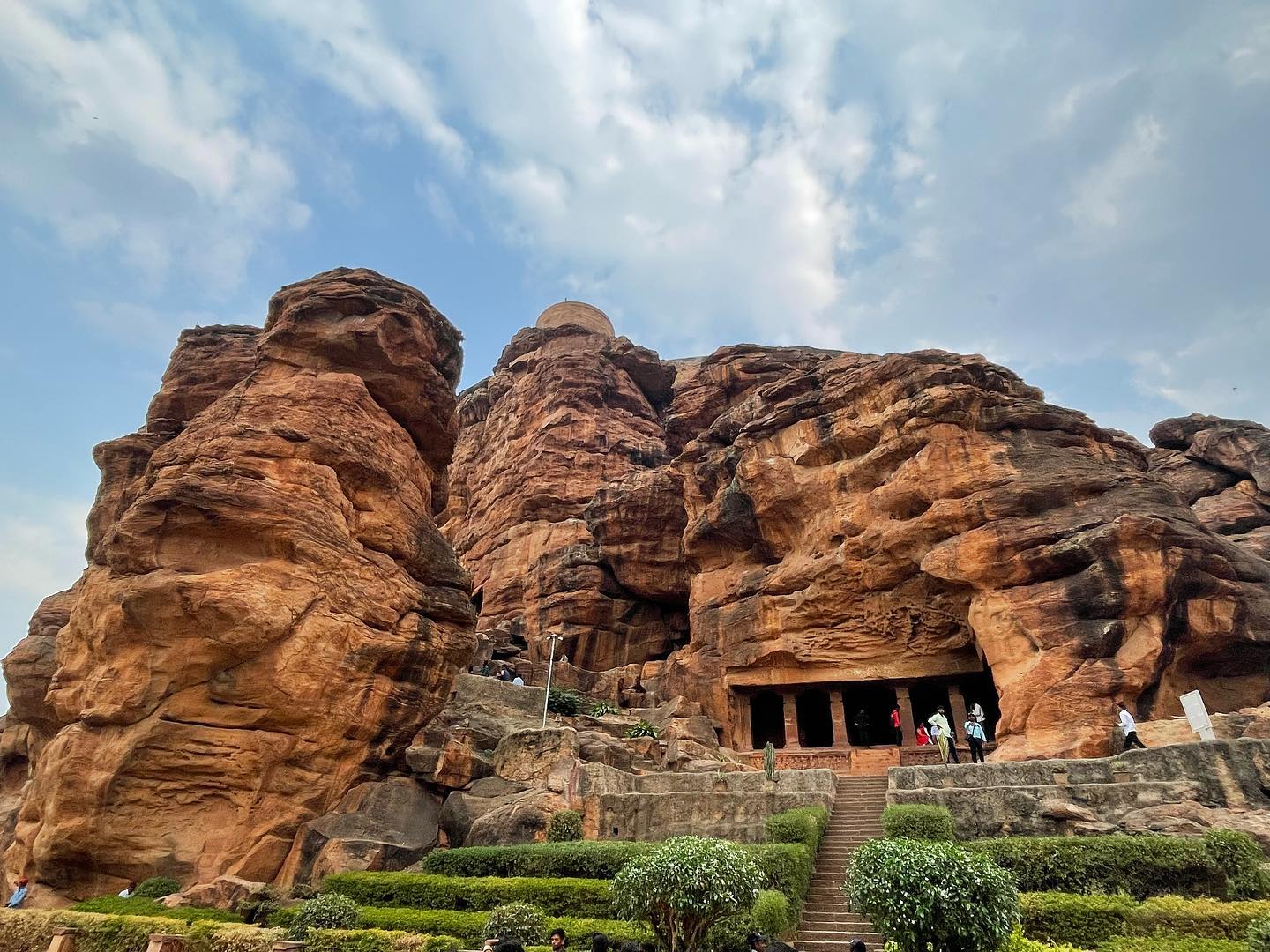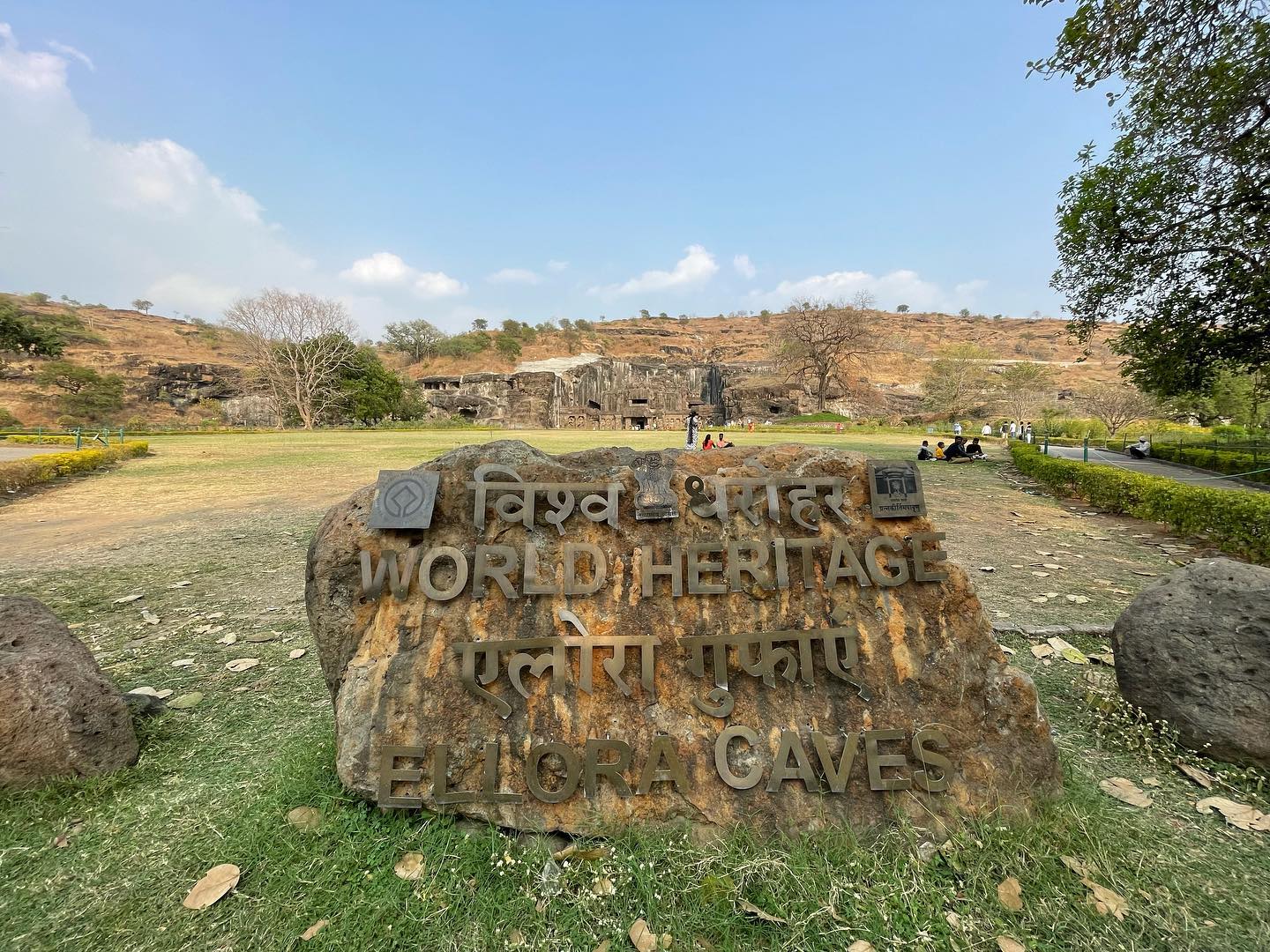14th December, 2021
Manas National Park is 176 km away from Guwahati which takes about 5 hours to reach.
It covers and area of 39100 hectares and the northern boundary of the park is contiguous to the international border of Bhutan manifested by the imposing Bhutan hills. It spans on either side spans the Manas river and is bounded to the north by the forests of Bhutan.
It is recognized not only for its rich biodiversity but also for its spectacular scenery and natural landscape. The property, has six national and international designations (i.e. World Heritage Site, National Park, Tiger Reserve (core), Biosphere Reserve (national), Elephant Reserve (core) and Important Bird Area)
It provides habitat for 22 of India’s most threatened species of mammals.
In total, there are nearly 60 mammal species, 42 reptile species, 7 amphibians and 500 species of birds, of which 26 are globally threatened. Noteworthy among these are the elephant, tiger, greater one-horned rhino, clouded leopard, sloth bear, and other species. The wild buffalo population is probably the only pure strain of this species still found in India. It also harbours endemic species like pygmy hog, hispid hare and golden langur as well as the endangered Bengal florican.
Pygmy Hog Conservation Programme (PHCP) that aims to protect the world’s rarest and smallest wild pigs is active there. The number of pygmy hogs reintroduced into the wild under the PHCP reached 142, which is more than their current original global wild population.
Kaziranga and Manas were declared World Heritage Sites in 1985. But while Kaziranga maintained its status and continued to upgrade, Manas slipped because of extremism-linked poaching and felling of trees before getting back on track a few years ago.
Ravaged by insurgents and rampant poaching for nearly two decades, Assam’s Manas National Park had no tigers twenty years ago. But it now boasts 48 members of the endangered species.
















